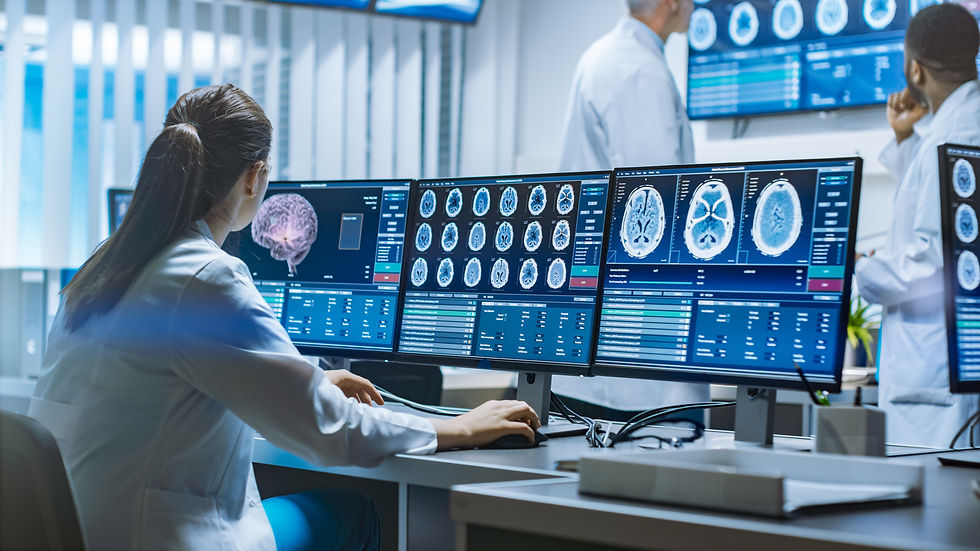New Genetic Drivers & Multiscale Transcriptomic Networks and Key Regulators in Parkinson's Disease
- Noelle Koo
- Jan 30, 2021
- 2 min read
Updated: Mar 10, 2021

Written by: Alisha Thakur (11th grade / Ashburn, VA USA)
Editor: Noelle A. Koo (11th grade / Ashburn, VA USA)
Research Problem:
The researchers used 8 previous studies of a total of 83 postmortem patients who had Parkinson’s disease. They were attempting to locate a gene that is a key regulator of the disease in hopes to better understand how it is caused, its effects, and ways to stop it from progressing and harming the victims.
Summary:
The researchers located a region of the brain, the substantia nigra, which has a big role in movement, was focused on because Parkinson’s has the worst affect there. Brain tissue from that region in the 83 patients was sampled and compared with 70 healthy patients as well, using a statistical test called a multiscale gene network analysis. The researchers identified the gene STMN2 as a key regulator of Parkinson’s. Further research demonstrated that when this gene was “knocked off” in mice, nine other genes that have connections to Parkinson’s had higher activity.
Parkinson’s disease is when the brain does not produce enough dopamine, which causes the telltale tremors that are usually associated with the disease. Another interesting observation that was made was that when the STMN2 gene was “knocked off” in mice, it was harder for them to complete simple motor tasks, the neurons that were charged with producing dopamine started to break down, and the amounts of a protein called alpha-synuclein was found to be increasing. There has been a previously established link between alpha-synuclein and neurodegenerative diseases, and it is seen as a toxic protein.
Interest:
This gene, STMN2, could be the key to finally developing effective cures for Parkinson’s. The current treatments are, frankly, very primitive. There are electroshocking therapies, where electric shocks are sent into the brain in hope of calming down the regions of the brain that are causing the tremors to make it easier for the patient to live a normal life. However, this treatment could have been done a century ago, and there has not been a prominent alternative. Also, this treatment only helps reduce the symptoms of the disease; it does not attack the disease at its core to eradicate it. In light of that, this research and other research being done around the world is working to develop the technologically advanced cures that will hopefully target the source of the disease.
Journal Citation: Wang, Q., Zhang, Y., Wang, M. et al. The landscape of multiscale transcriptomic networks and key regulators in Parkinson’s disease. Nat Commun 10, 5234 (2019) doi:10.1038/s41467-019-13144-y
More information: Weintraub, A. (2019, November 22). Mount Sinai researchers uncover new genetic drivers of Parkinson's disease. Retrieved from https://www.fiercebiotech.com/research/mount-sinai-researchers-uncover-new-genetic-drivers-parkinson-s-disease.







Comments